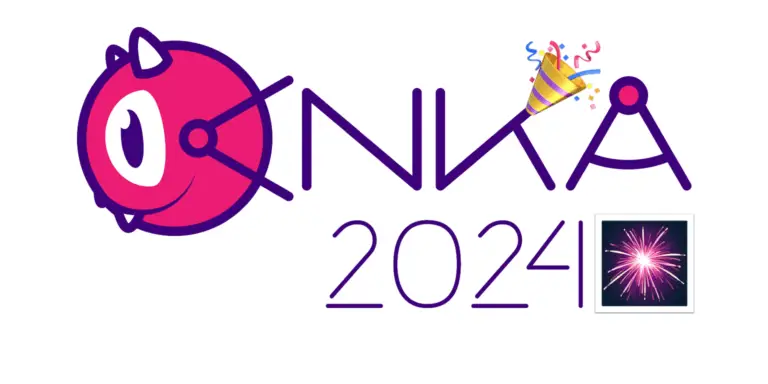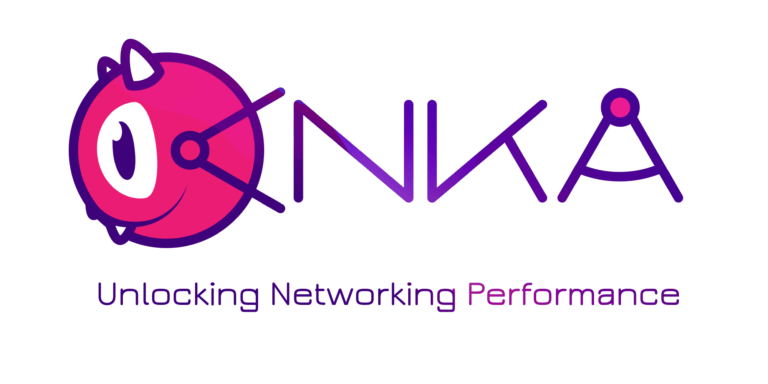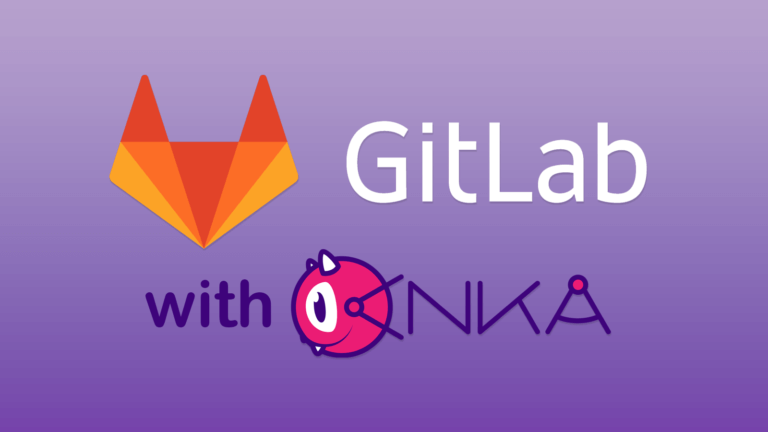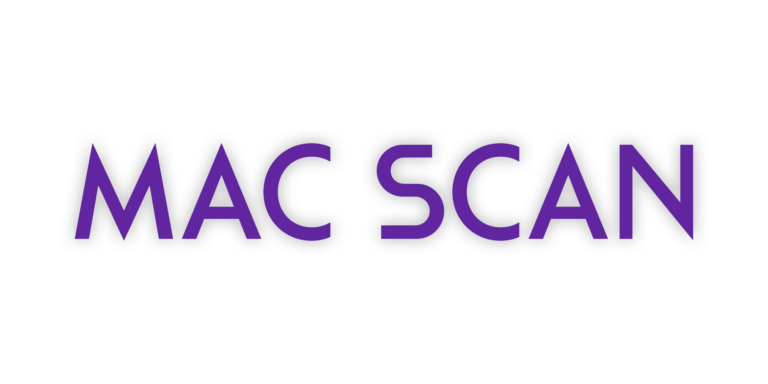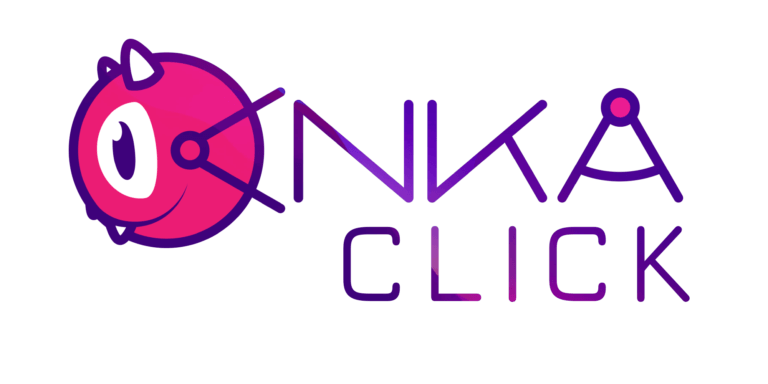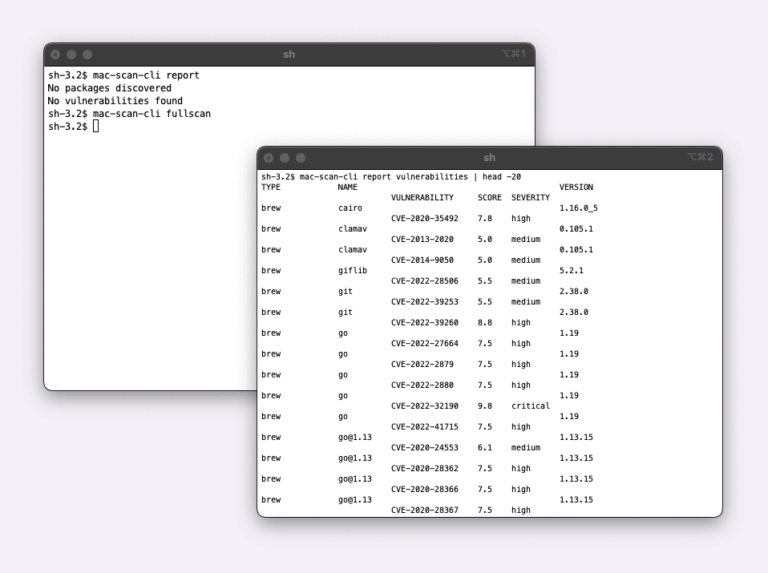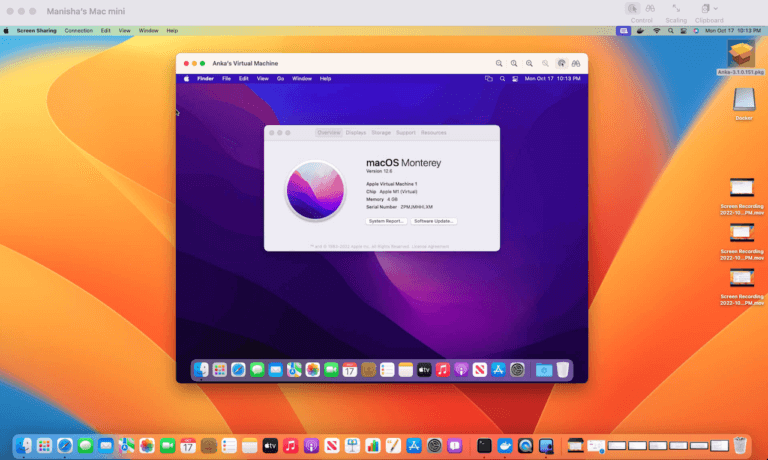The new Mac mini 2018 which was released this month, with 8th Generation Intel CPU going up to six cores and support for up to 64GB of memory, is now a powerful contender for enterprise-grade macOS workloads. Here at Veertu, we were looking forward to this new mac hardware release to run Anka Build. Anka Build works out-of-box on the new mac mini hardware because it uses macOS Hypervisor.framework for virtualizing macOS VMS on top of macOS. What’s exciting us for is the performance of Anka Build on this new hardware and how it can change the game for iOS CI infrastructure. With new superpowerful CPUs, virtualization gets a boost, and we are seeing Anka Build VMs perform faster than running the same workload native on the older twelve core Mac Pro.
Anka virtualized build/test iOS workload on new 2018 mac mini run faster than running it native on a twelve core Mac Pro
We took the opensource Kickstarter iOS application and executed Xcodebuild build and test job in one Anka VM with 6vCPU (with HTT enabled) on the 6-core new 2018 mac mini and also native on a 12-core Mac Pro host. Anka VM performed ten percent better than native 12 core Mac Pro.
- One Anka VM with 6 vCPU(HTT) on 2018 6-core mac mini – 1m21s
- Bare metal Mac Pro 2013 with 12 cores (SSD) – 1m24s
Multiple Anka virtualized build/test iOS workloads on the new 2018 mac-mini run as fast as running it native on a quad core mac mini
Again, we took the same opensource Kickstarter iOS project and executed Xcodebuild build and test job in two concurrent Anka VM with 6vCPU on the 6-core new 2018 mac mini and also native on a quad core mac mini. Both concurrent Anka VMs performed the same as a native quad-core mac mini.
- Two Anka VM with 6 vCPU on 2018 6-core mac mini – 2m6s
- Bare metal 4 core mac mini 2012 (2.3ghz SSD) – 2m4s
We also noticed that running concurrent Anka VMs on the new 2018 mac mini perform significantly better than running the same workload native on a dual core mac mini.
- Two Anka VM with 6 vCPU on 2018 6-core mac mini – 2m6s
- Bare metal dual-core 2014 (2.6 GHz, SSD) – 3m5s
So, what’s our takeaway from this?
- Devops and iOS software development teams are usually concerned about the performance impact of moving their iOS CI workloads to a virtualized environment. Since Anka Build virtualization on the new 2018 mac minis performs better or as good as native (better than native mac pro, significantly better than the native dual-core and as good as native quad-core), DevOps should explore running their workload on Anka Build macOS cloud on the new Mac minis.
- Most teams running virtualized environments for their IOS workloads are using Mac Pros (6 or 12 cores). They should explore the option of gaining a significant increase in the performance of their existing virtualized workloads by running them on Anka Build on top of the new 2018 mac minis.
Contact us at [email protected] or https://slack.veertu.com/ to get more details on these benchmarks or with specific questions on running your iOS/macOS CI workloads.

